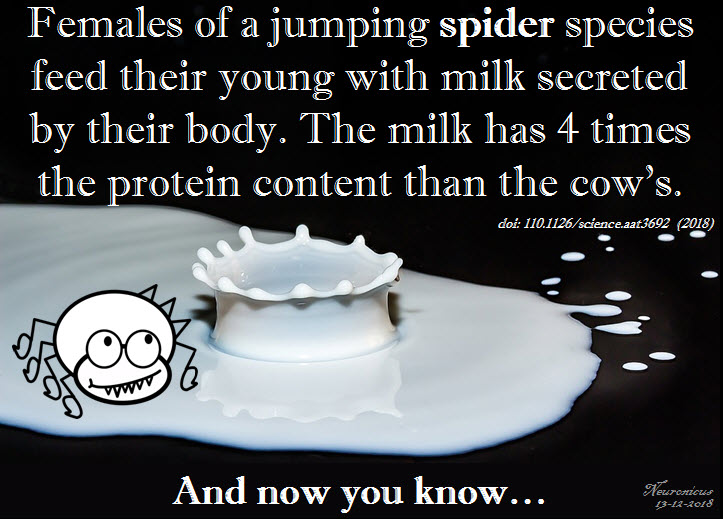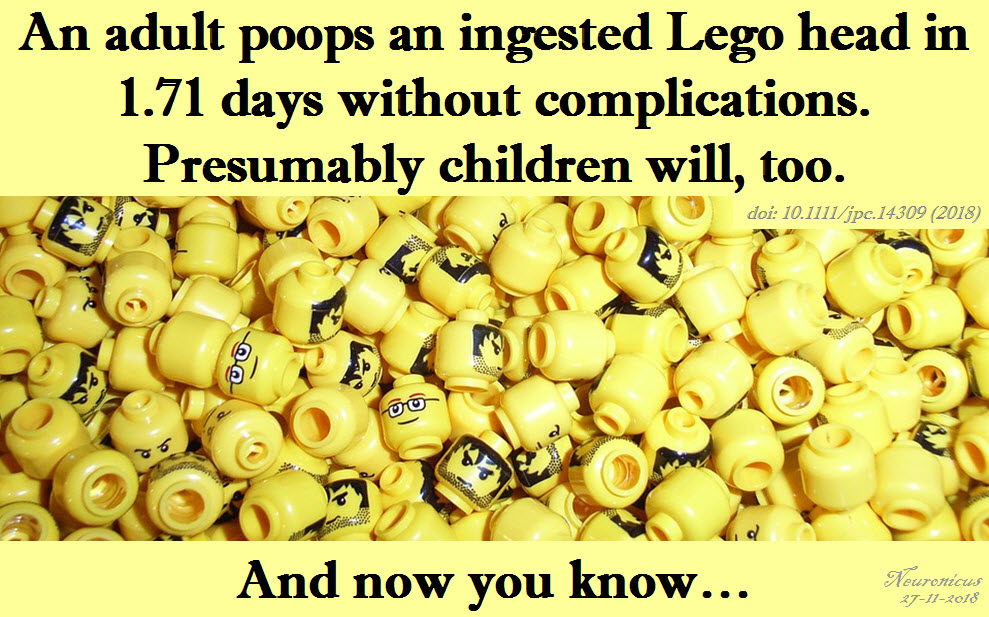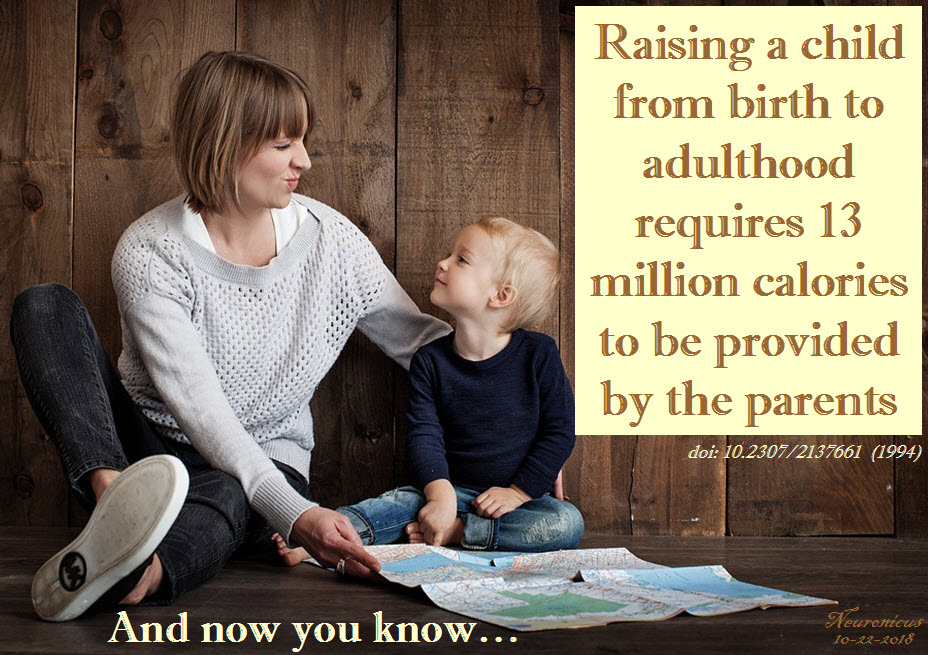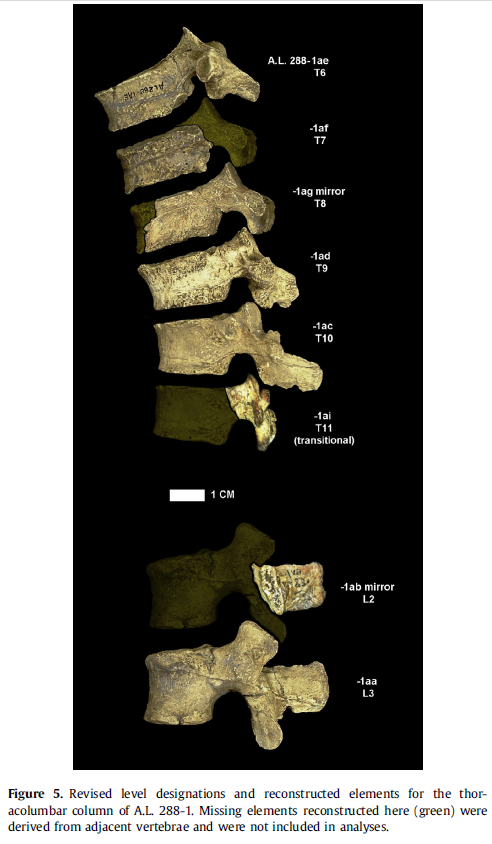A couple of days ago, on December 1st, was the National Day of Romania, a small country in the South-East of Europe. In its honor, I dug out a paper that shows that some of the earliest known modern humans in Europe were also… dug out there.
Trinkaus et al. (2003) investigated the mandible of an individual found in 2002 by a Romanian speological expedition in Peștera cu Oase (the Cave with Bones), one of the caves in the SouthWest of the country, not far from where Danube meets the Carpathians.
First the authors did a lot of very fine measurement of various aspects of the jaw, including the five teeth, and then compared them with those found in other early humans and Neanderthals. The morphological features place the Oase 1 individual as an early modern human with some Neanderthal features. The accelerator mass spectrometry radiocarbon (14C) direct dating makes him the oldest early modern human discovered to that date in Europe; he’s 34,000–36,000 year old. I’m assuming is a he for no particular reason; the paper doesn’t specify anywhere whether they know the jaw owner’s gender and age. A later paper (Fu et al., 2015) says Oase 1 is even older: 37,000–42,000-year-old.
After this paper it seemed to be a race to see what country can boast to have the oldest human remains on its territory. Italy and UK successfully reassessed their own previous findings thusly: UK has a human maxilla that was incorrectly dated in 1989 but new dating makes it 44,200–39,000 year old, carefully titling their paper “The earliest evidence for anatomically modern humans in northwestern Europe” (Higham et al., 2011) while Italy’s remains that they thought for decades to be Neanderthal turned out to be 45,000-43,000 years old humans, making “the Cavallo human remains […] the oldest known European anatomically modern humans” (Benmazzi et al., 2011).
I wonder what prompted the sudden rush in reassessing the old untouched-for-decades fossils… Probably good old fashioned national pride. Fair enough. Surely it cannot have anything to do with the disdain publicly expressed by some Western Europe towards Eastern Europe, can it? Surely scientists are more open minded than some petty xenophobes, right?
Well, the above thought wouldn’t have even crossed my mind, nor would I have noticed that the Romanians’ discovery has been published in PNAS and the others in Nature, had it not been for the Fu et al. (2015) paper, also published in Nature. This paper does a genetic analysis of the Oase 1 individual and through some statistical inferences that I will not pretend to fully understand they arrive to two conclusions. First, Oase 1 had a “Neanderthal ancestor as recently as four to six generations back”. OK. Proof of interbreeding, nothing new here. But the second conclusion I will quote in full: “However, the Oase individual does not share more alleles with later Europeans than with East Asians, suggesting that the Oase population did not contribute substantially to later humans in Europe.”
Now you don’t need to know much about statistics or about basic logic either to know that from 1 (one) instance alone you cannot generalize to a whole population. That particular individual from the Oase population hasn’t contributed to later humans in Europe, NOT the entire population. Of course it is possible that that is the case, but you cannot scientifically draw that conclusion from one instance alone! This is in the abstract, so everybody can see this, but I got access to the whole paper, which I have read in the hopes against hope that maybe I’m missing something. Nope. The authors did not investigate any additional DNA and they reiterate that the Oase population did not contribute to modern-day Europeans. So it’s not a type-O. From the many questions that are crowding to get out like ‘How did it get past reviewers?’, ‘Why was it published in Nature (interesting paper, but not that interesting, we knew about interbreeding so what makes it so new and exciting)?’, the one that begs to be asked the most is: ‘Why would they say this, when stating the same thing about the Oase 1 individual instead about the Oase population wouldn’t have diminished their paper in any way?’ .
I must admit that I am getting a little paranoid in my older age. But with all the hate that seems to come out and about these days EVERYWHERE towards everything that is “not like me” and “I don’t want it to be like me”, one cannot but wonder… Who knows, maybe it is really just as simple as an overlooked mistake or some harmless national pride so all is good and life goes on, especially since the authors of all four papers discussed above are from various countries and institutions all across the Globe. Should that be the case, I offer my general apologies for suspecting darker motives behind these papers, but I’m not holding my breath.
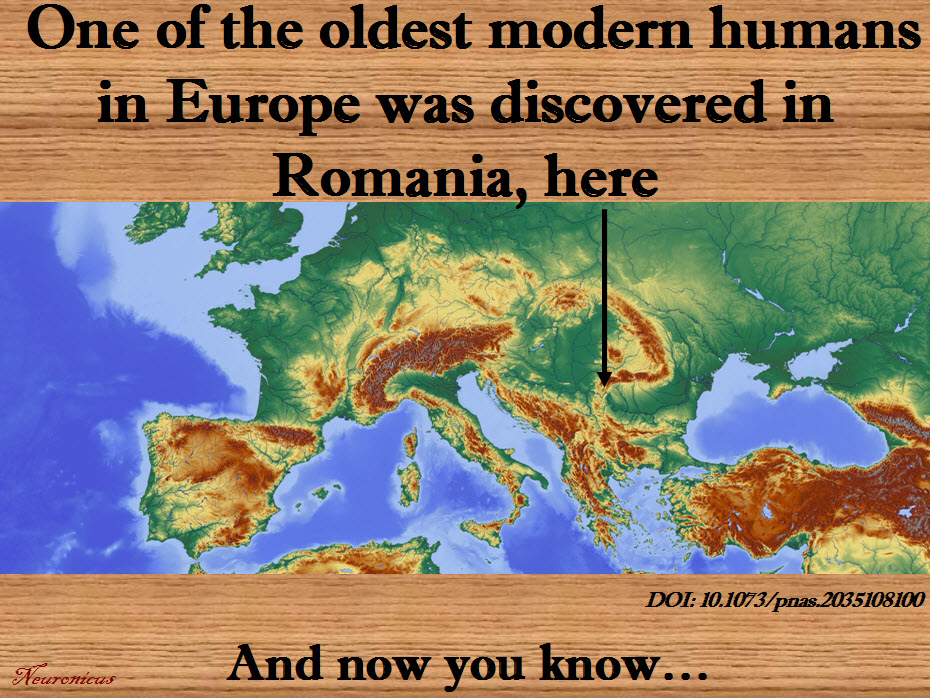
References:
1) Trinkaus E, Moldovan O, Milota S, Bîlgăr A, Sarcina L, Athreya S, Bailey SE, Rodrigo R, Mircea G, Higham T, Ramsey CB, & van der Plicht J. (30 Sep 2003, Epub 22 Sep 2003). An early modern human from the Peştera cu Oase, Romania. Proceedings of the National Academy of Sciences U S A, 100(20):11231-11236. PMID: 14504393, PMCID: PMC208740, DOI: 10.1073/pnas.2035108100. ARTICLE | FREE FULLTEXT PDF
2) Higham T, Compton T, Stringer C, Jacobi R, Shapiro B, Trinkaus E, Chandler B, Gröning F, Collins C, Hillson S, O’Higgins P, FitzGerald C, & Fagan M. (2 Nov 2011). The earliest evidence for anatomically modern humans in northwestern Europe. Nature. 479(7374):521-4. PMID: 22048314, DOI: 10.1038/nature10484. ARTICLE | FULLTEXT PDF via ResearchGate
3) Benazzi S, Douka K, Fornai C, Bauer CC, Kullmer O, Svoboda J, Pap I, Mallegni F, Bayle P, Coquerelle M, Condemi S, Ronchitelli A, Harvati K, & Weber GW. (2 Nov 2011). Early dispersal of modern humans in Europe and implications for Neanderthal behaviour. Nature, 479(7374):525-8. PMID: 22048311, DOI: 10.1038/nature10617. ARTICLE | FULLTEXT PDF via ResearchGate
4) Fu Q, Hajdinjak M, Moldovan OT, Constantin S, Mallick S, Skoglund P, Patterson N, Rohland N, Lazaridis I, Nickel B, Viola B, Prüfer K, Meyer M, Kelso J, Reich D, & Pääbo S. (13 Aug 2015, Epub 22 Jun 2015). An early modern human from Romania with a recent Neanderthal ancestor. Nature. 524(7564):216-9. PMID: 26098372, PMCID: PMC4537386, DOI:10.1038/nature14558. ARTICLE | FREE FULLTEXT PDF
By Neuronicus, 3 December 2016
Save
Save
Save
Save
Save





